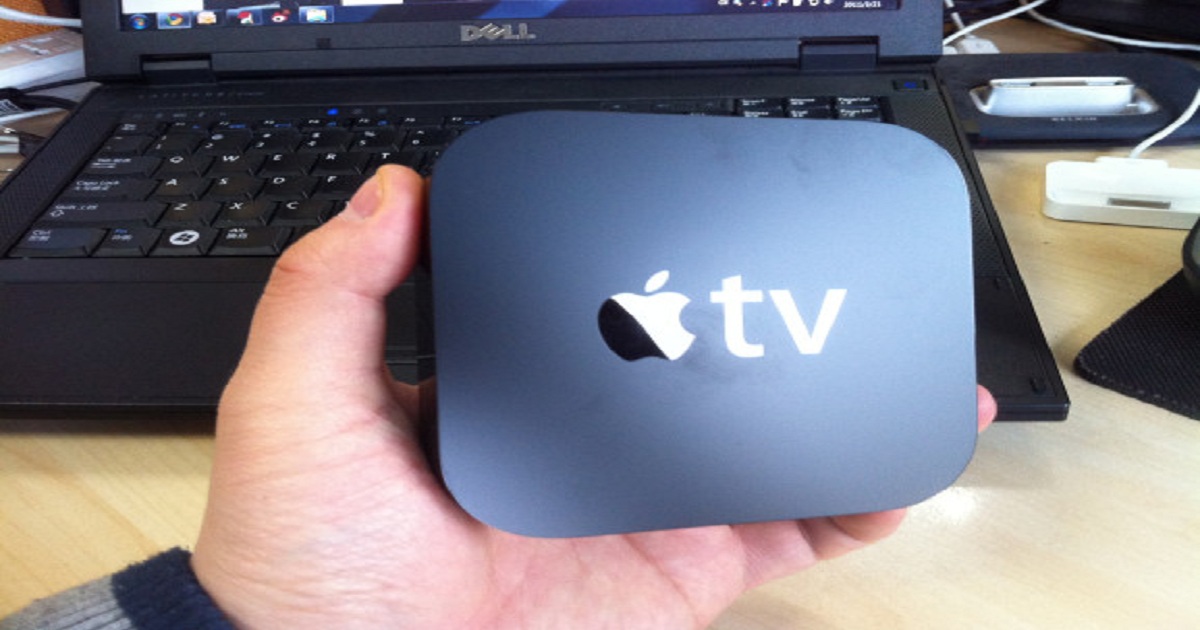Why Apple passed on cheap TV dongles like Chromecast and Fire TV
Venturebeat | November 23, 2018

While this might not be obvious to some customers, Apple didn’t expect its retail stores to be overwhelmed with people. Between their hotel concierge-like Genius Bars, imported marble floors, and unfettered hands-on access to expensive products, they were designed as high-end boutiques — and succeeded in generating Tiffany-like revenues. In part, that’s because Apple spent years optimizing store revenue per square foot, making more space for expensive products and pushing up vendors’ prices, since experience showed that Apple Store customers would pay more.If its strategy wasn’t obvious before, Apple’s recent decision to stop disclosing unit sales of its key products sent a clear sign that it doesn’t want to be like Walmart or other price-focused retailers, flooded with bargain hunters. One easy way to eliminate large crowds is to stop selling inexpensive devices, and instead focus on products and customers with higher profit potential.This background helps explain why Apple zigged with TV streaming hardware when its competitors all zagged. Amazon, Google, and Roku chased masses of customers with sub-$50 video streaming dongles. At the same time, Apple phased out its $99 third-generation Apple TV in favor of more expensive models with app support.